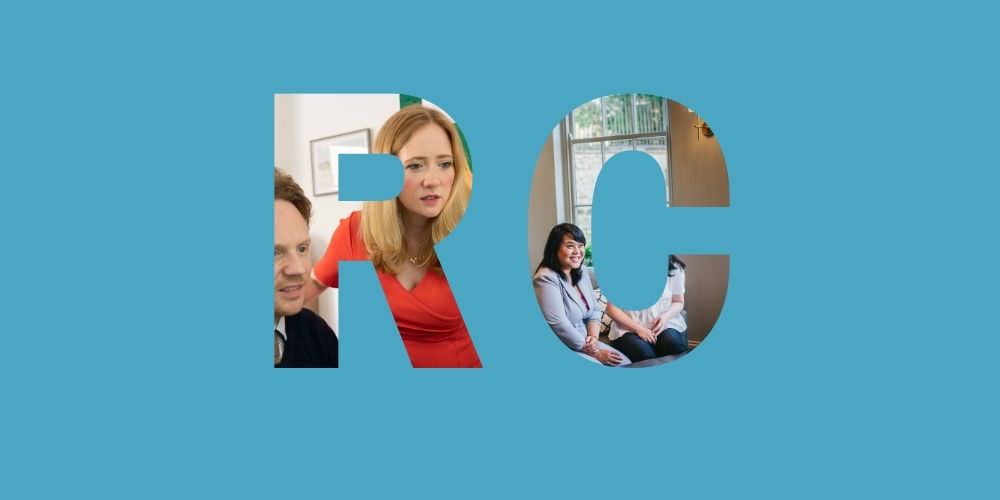Tax Relief for Homeowners

Tax Relief for Homeowners
There are various types of tax relief available to homeowners. Continue to read to find out which you are eligible to claim in order to save as much money as possible.
First Time Buyers Relief (FTBR)
This is the most newly available tax relief scheme. First introduced in November 2017, it has been put in place to help more young people access the property ladder. First time buyers may be exempt from paying any stamp duty if they are buying their first property worth no more than £425,000 within England and Northern Ireland. This will mean that you must not own any other properties (including property that may have been inherited) and the property bought must be used as the main place of residence. If you are buying your first property which is over £425,000 but no more than £625,000 then you will need to pay 5% stamp duty on anything over the £425,000 threshold. If you purchase a property worth over £625,000 then no tax relief is available and the normal stamp duty rates apply.
Since November 2018 the rule has been extended to those who buy their first property through the shared ownership schemes. The tax relief is available retrospectively, so anyone who bought their first property through a shared ownership scheme and chose to pay stamp duty in stages, rather than on the market value of the property may be able to reclaim any stamp duty already paid.
Private Residence Relief (PRR)
Private residence relief is available to homeowners who wish to sell a home as opposed to buying their first property. It allows the seller to avoid paying any capital gains tax on the profit made through the sale of the property where they are able to meet all of the following conditions:
- You have lived in the property as your main place of residence for the entire duration of your ownership of the property
- You have not used part of your home exclusively for business purposes (such as studio or office)
- The grounds including all buildings are less than 5,000 square metres
- You did not buy the property with the intention to sell it for a profit (the main purpose of the purchase was to live in the property as your home)
- Your property or part of the property is not farmland
Where you have not lived in the property for the entire duration of ownership, you may be liable to pay capital gains tax but this will be reduced. It is usually calculated as a proportion of the time you spent living in the property as your main residence. Private residence relief also allows you to add 18 months of capital gains free tax allowance where you have had to move out of the property before completing the sale of it. If you are a disabled homeowner or need to move from your main residence to go into residential care, you are entitled to an extended period of 36 months capital gains tax free allowance. Should you need more information or help calculating your capital gains tax on a sale of a property please do get in touch for an appointment.
Lettings Relief (LR)
Lettings relief works in conjunction with private residence relief and enables you to reduce your capital gains tax further where you have not lived in your property for the entire duration due to letting it out.
For example, if you owned a property for 10 years and lived in it for 8 with the remaining 2 years let out as rental property, you may be able to reduce your capital gains tax for the two year period using lettings relief. However, there is no tax relief that will reduce your chargeable gain for any period whilst your home is empty.
If you are eligible for lettings relief then you are able to reduce your capital gains tax by the smallest amount out of the following:
- £40,000
- The same amount you receive through claiming private residence relief
- The same amount as the chargeable gain you made from letting your home
Changes to PRR and LR
During the Chancellor’s 2018 Budget, he announced that changes would be made to PRR and LR from April 2020. For PRR, the current rule allows for 18 months of capital gains tax exemption, but this will be reduced to 9 months. The exception is for disabled homeowners and for those who go into residential care: their capital gains tax exemption will remain at 36 months relief. For LR, only those who have shared their property with tenants will be eligible to claim. This means that if you vacate your main residence and rent out the property as a whole, you will not be able to receive tax relief for this period.
If you are a homeowner looking to buy or sell, a landlord or looking to invest in buy-to-let, and are looking to find out more information on your tax options please get in touch for a tax advisory consultation.